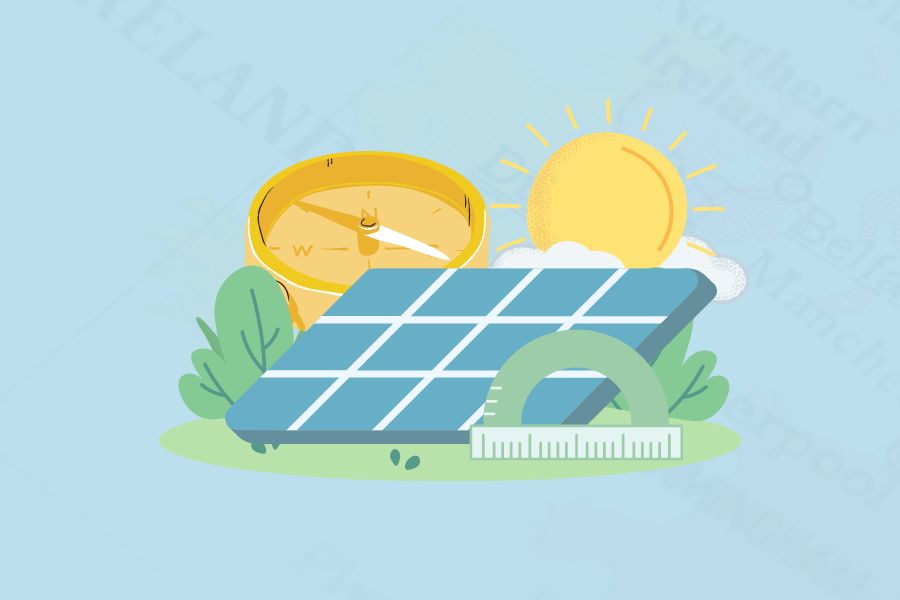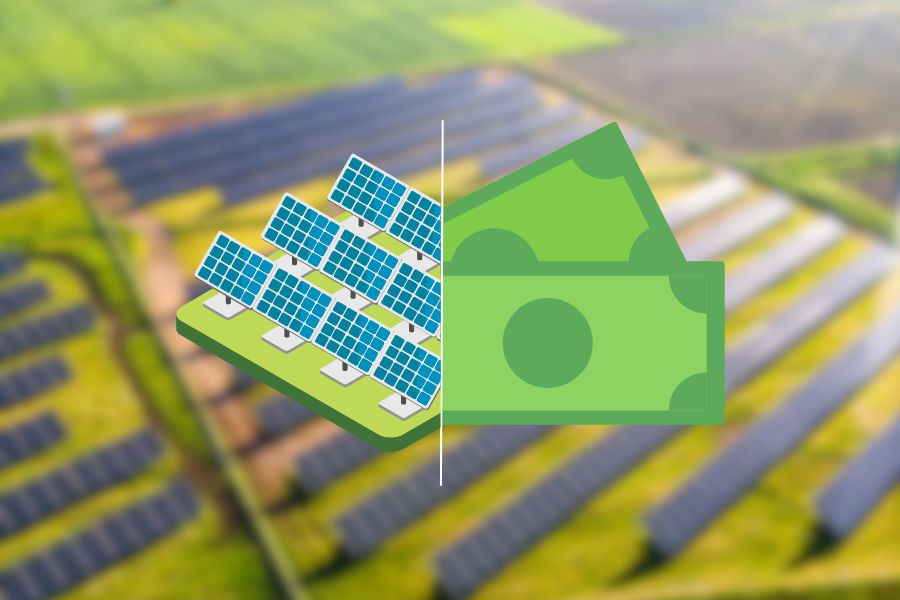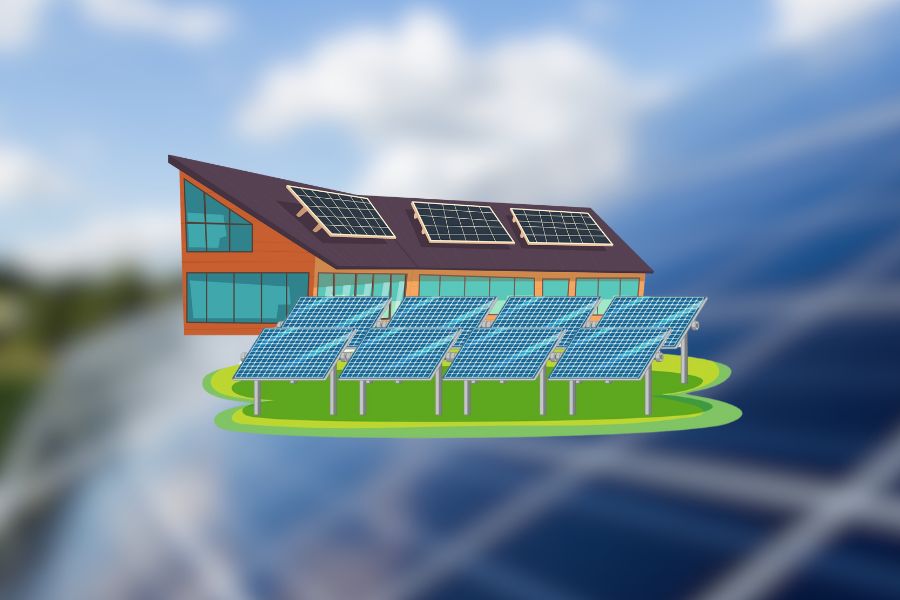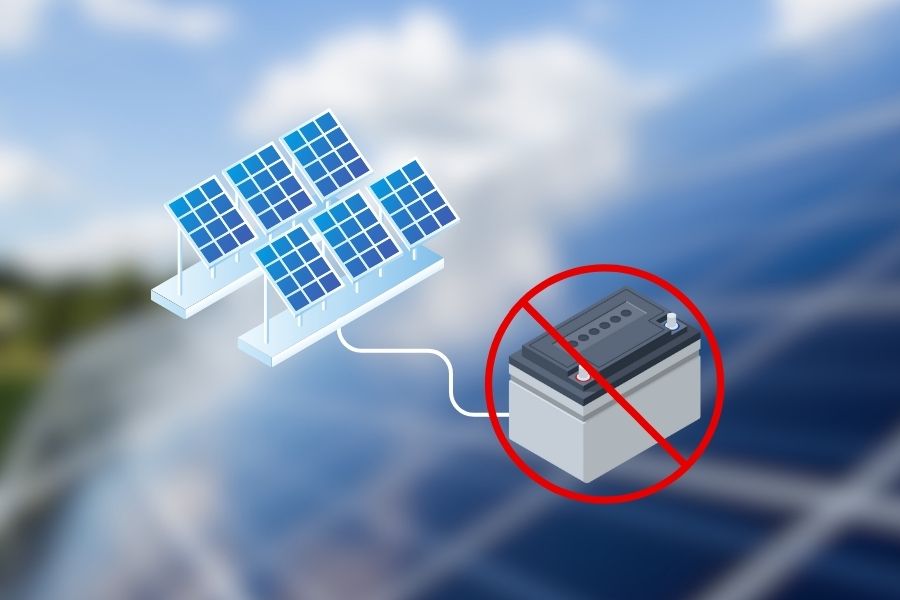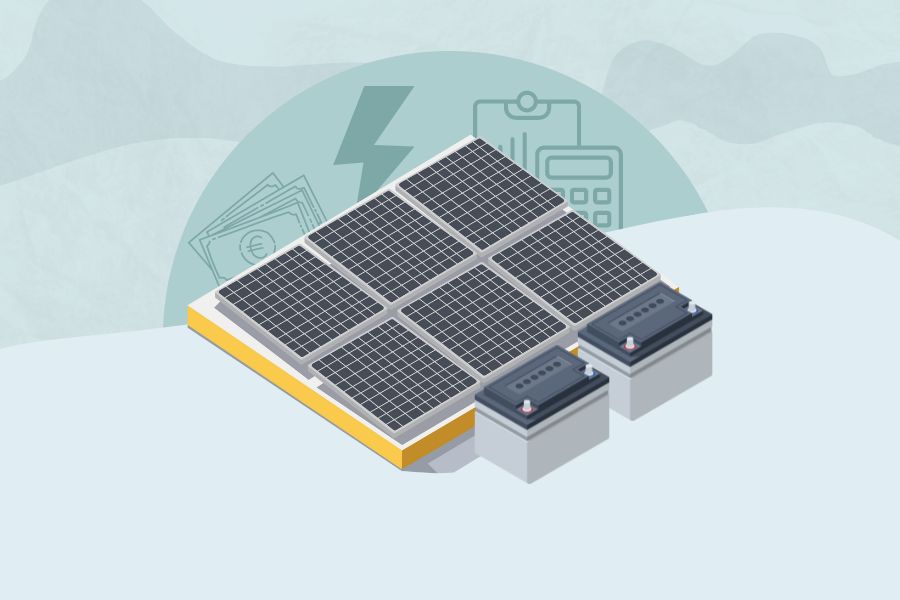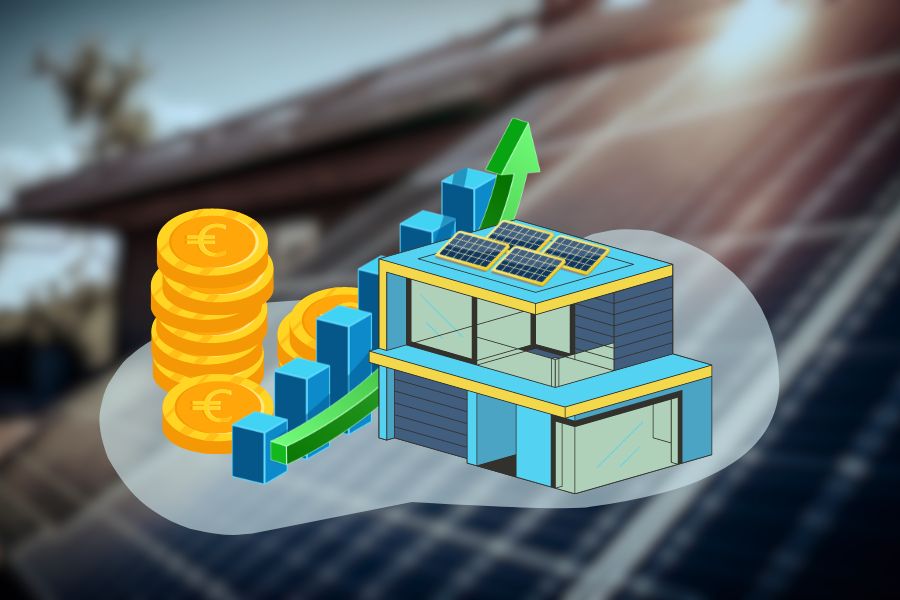What direction solar panels should face in Ireland plays a crucial role in optimizing their energy production. Generally, panels should face toward the direction that gets the most sunlight throughout the day, typically south in the northern hemisphere.
However, the orientation can vary based on location factors, including roof angle, local climate, and potential shading.
Carefully considering these factors can ensure you maximize your solar installation’s efficiency and energy output.
What Direction Should Solar Panels Face in Ireland?
To achieve optimal solar energy production in Ireland, we recommend installing solar PV panels on a south-facing roof to ensure they receive maximum direct sunlight exposure.
Fortunately, recent changes in planning regulations have loosened the requirement for panel installation solely on the rear of a house.
As long as planning guidelines are followed and no more than 50% of the roof is covered with panels, they may be installed on any suitable location.
Understanding Solar Panel Direction In Ireland
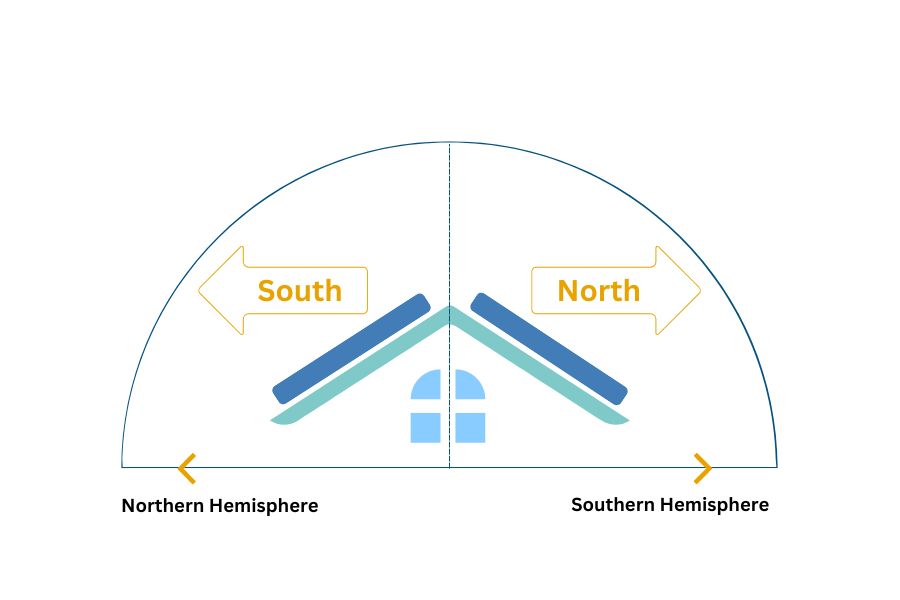
The direction solar panels face plays a significant role in their ability to generate electricity. Solar panels facing the south generally produce the most energy in Ireland, receiving the most sunlight throughout the day.
Several factors affect the optimal direction for a solar power system in Ireland, including the location’s latitude, the climate, and shading from trees or other buildings.
For example, in areas closer to the equator, solar PV systems may perform better when facing toward the north. However, in Ireland, south-facing panels are generally the most effective due to the climate and latitude.
To calculate the ideal solar panel direction for your specific location in Ireland, you will need to consider these factors and the orientation of your roof.
Online solar calculators or consulting with a professional solar installer can also help determine the best direction for your solar panels.
South-Facing and East/West-Facing Panels – What You Need to Know
South-facing panels are typically the most efficient as they receive the most sunlight throughout the day. This is because Ireland is located in the Northern Hemisphere, and the sun’s position is generally in the Southern sky.
South-facing panels can produce and record up to 20% more electricity generated than east/west-facing panels. However, installing solar panels on a south-facing roof may not always be feasible due to the property’s orientation or shading from nearby trees or buildings.
On the other hand, East/west-facing PV solar panels may produce more energy during the morning (east-facing) or afternoon and evening (west-facing) when the sun is lower in the sky.
This can be beneficial for those who use more electricity during these times. East/west-facing panels may also be a good option for properties with limited space or where south-facing roof space is unavailable.
Both south-facing and east/west-facing solar panels have advantages and disadvantages in Ireland. Deciding which direction to install a solar PV system will depend on a range of factors unique to your property, such as available roof space and electricity usage patterns.
Tilt Angles for Solar Panels
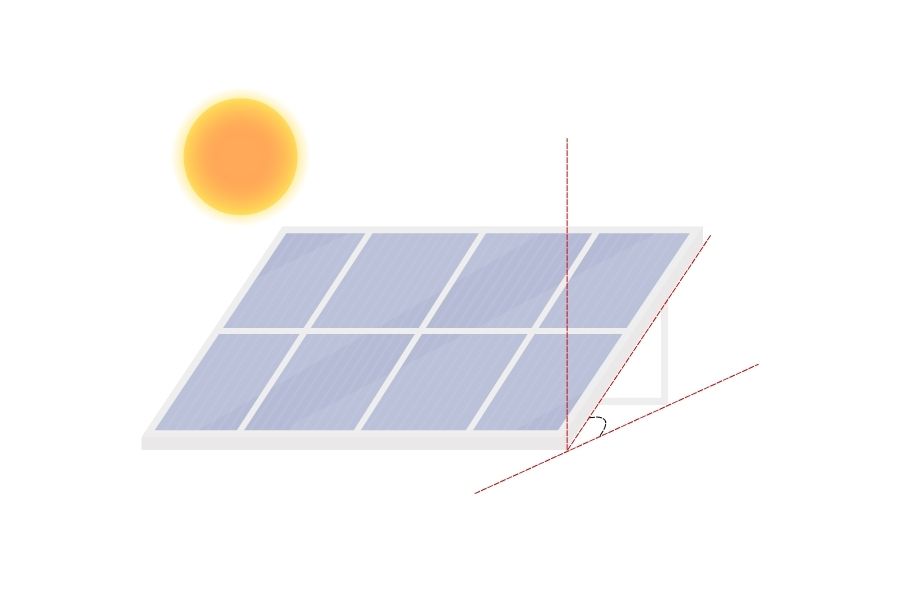
The tilt angle of solar panels plays an essential role in their ability to capture sunlight and produce electricity efficiently. This section will discuss the importance of tilt angle, determining the optimal angle for your solar panels, and the impact of seasonal changes on tilt angle.
The optimal tilt angle for solar panels varies depending on the location’s latitude, time of year, and the panel’s orientation. Generally, solar panels in Ireland are tilted at an angle between 30 and 40 degrees to maximize energy production throughout the year.
This angle ensures that the panels are exposed to the most sunlight possible while minimizing the impact of seasonal changes on energy production.
Seasonal changes can impact the optimal tilt angle for solar panels, as the sun’s position in the sky varies throughout the year. In Ireland, the sun is higher in the sky during the summer months, so a lower tilt angle may be more effective.
During winter, the sun is lower, so a higher tilt angle may be more effective. Adjusting the tilt angle of your solar panels seasonally can maximize energy production throughout the year.
Tracking Solar Panels
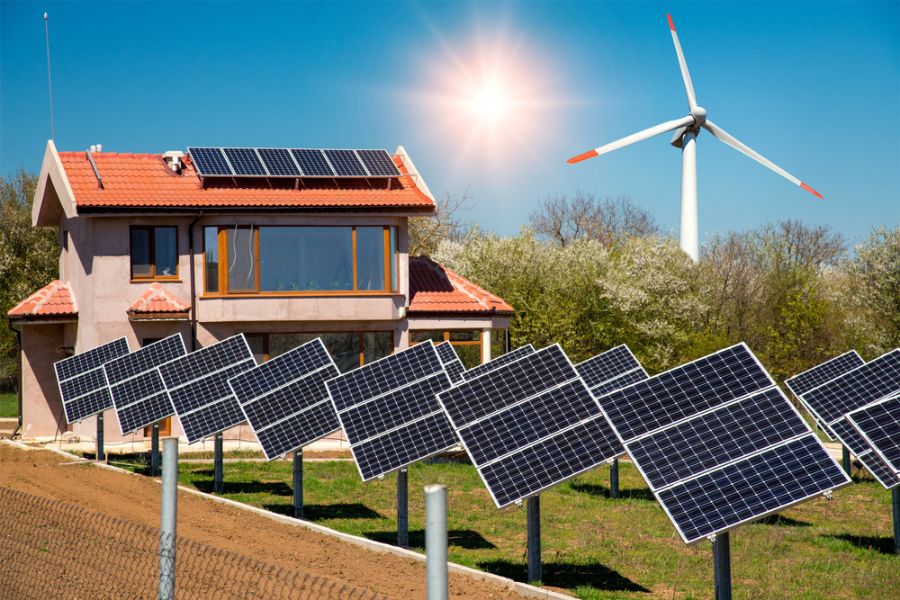
This entails solar panels installed on a tracking system and following the sun’s movement throughout the day. This section will discuss the benefits and drawbacks of tracking solar panels, the types of tracking systems available, and whether tracking is worth the investment.
Tracking solar panels produces more electricity than fixed solar panels because they always point directly at the sun. This is the primary benefit of using tracking solar panels.
This means they can generate more energy throughout the day, especially in the morning and afternoon when the sun is not directly overhead. However, tracking systems are more complex and expensive than fixed solar panels, which can offset the increased energy production.
There are two main types of tracking systems available: single-axis and dual-axis. Single-axis tracking systems follow the sun’s movement from east to west, while dual-axis tracking systems also adjust the tilt of the panels to follow the sun’s elevation angle.
Dual-axis tracking systems can generate up to 45% more electricity than fixed solar panels, while single-axis tracking systems can generate up to 25% more electricity.
Whether tracking solar panels is worth the investment depends on your circumstances. If you have limited roof space and want to maximize energy production, tracking solar panels may be a good option.
However, tracking systems are more expensive and require more maintenance than fixed solar panels, which may make them less attractive for some homeowners or businesses.
Frequently Asked Questions
Why Face Solar Panels East-West?
East-west facing solar panels can produce a more consistent level of energy throughout the day, benefiting areas with a less sunny climate. However, they may produce less energy than south-facing panels in sunnier regions.
How Does a Solar Hot Water Heating System Work?
Solar hot water heating systems use solar panels to absorb sunlight and heat water, which is then stored in a tank for later use. This can be a cost-effective and environmentally friendly way to heat water in your home.
Do Solar Panels Work on Cloudy and Rainy Days?
Solar panels still produce some energy on cloudy and rainy days, but they reduce their output compared to sunny days. However, manufacturers design modern solar panels to be more efficient in low-light conditions.
What Makes My House Suitable for Solar Panels?
A suitable house for solar panels will have a south-facing or east-west-facing roof free from shading, with enough roof space to accommodate the panels needed to meet your energy needs and potentially increase your home value.
What are the Different Types of Solar Panel Technologies?
The main types of solar panel technologies include monocrystalline, polycrystalline, and thin-film. Each type has different efficiencies, costs, and appearances, so choosing the right technology for your needs is important.
Are Flogas Solar Systems Safe?
Flogas solar systems are safe and meet all necessary safety standards. Manufacturers design them to be durable, reliable, and efficient, and they also equip them with advanced monitoring systems to ensure optimal performance.
Conclusion
The direction solar PV panels face can significantly impact their energy production in Ireland. While people generally consider south-facing panels the best option, east/west-facing panels may also be viable in some cases.
Based on statistics provided by the ISEA, the deployment of 2GW of solar power in the country could generate more than 7,000 employment opportunities and meet 7% of the national electricity demand.
Additionally, the tilt angle of solar panels can also affect their performance. It is important to consider all these factors when deciding on the best solar panel direction for your home or business.
You can maximize energy production and reduce carbon footprint by choosing the optimal solar panel direction and tilt angle.
